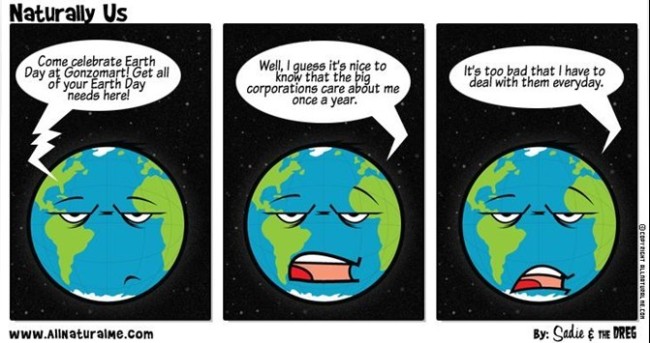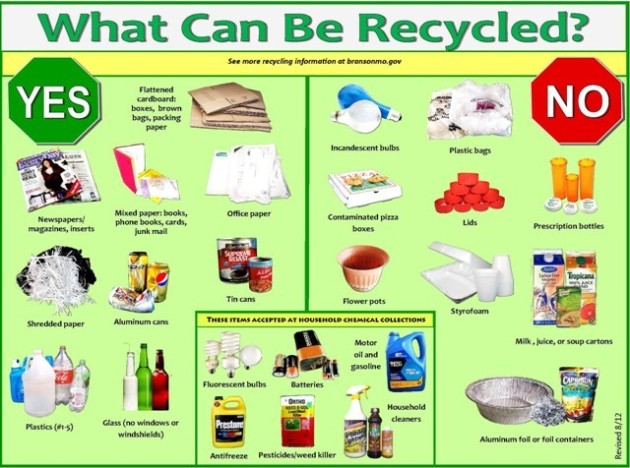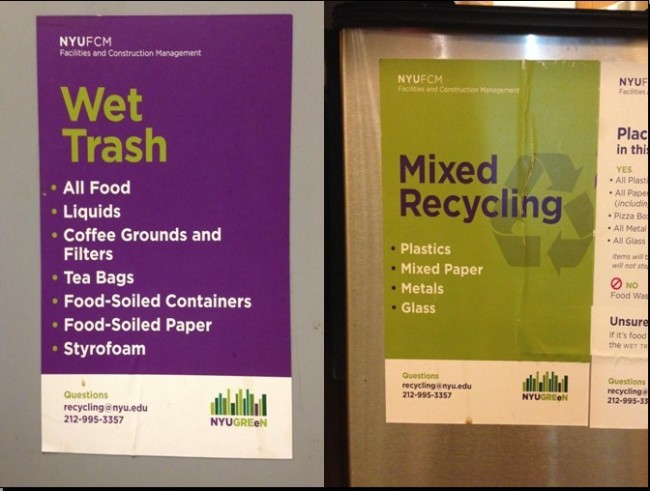Title: Everyday is Earth Day.
Goal: to describe objects
Objectives: SWBAT
- Use “because…” and “due to…” to explain.
- Identify and describe different objects (waste).
- Learn the way how to put their waste into correct trash bins.
- Be familiar with the types of trash bins in the school.
Target students: ESL intermediate students/grade 6-8
Prerequisite: students are asked to collect some of their daily waste the day before. It is better for them to choose different types of waste, such as glass bottles, soda cans, paper food bags or magazines. The waste they bring cannot be too dirty and sticky. For example, Cans and bottles should be washed before they bring them to the class.
They are also required to bring scissors and glue to the class.
Opening:
Students sit in groups. The teacher asks the students when the Earth Day (April 22nd) is.
And then the teacher can show students the following comic about the Earth Day. (Students can also do role play based on the following dialogue.)
Students will learn that we should protect our earth everyday even by doing little contributions. One of the things we can do everyday is to recycle and sort the daily waste.
Activity procedure:
Part I Sorting the waste
- Ask students to brainstorm which everyday wastes can be recycled and which cannot.
2. Show pictures of different trash bins around school to see how the school sorts the waste.
E.g. NYU trash bins (wet trash and mixed recycling)
There is an instruction pasted on each bins and the main types of posts are the following two. They provide a brief description about types the waste which should be put in the bins.
3. Students are asked to bring their collection of waste and share in groups. The teacher will provide two big trash boxes with post in the front (Wet trash and Mixed Recycling). Students discuss in groups and then sort their trash into the correct bins.
4. After sorting, teacher will lead students to discuss the result and comments on the sorting. Some trash may be controversial, so teachers can help students figure out different situations.
Part II Making masterpieces
- Students discuss in their own groups about the kinds of art crafts they want to make and the materials they need. They can choose four or five objects, and they are required to pick materials from both trash boxes instead of only one. Once they decided, they are supposed to use all the materials they choose in making the art crafts.
- After discussion, students can pick the materials they want from the trash boxes. In order to manage the classroom, one student from each group comes to pick one object each time. If the object is requested by more than one group, students in those groups can either negotiate about that or find an alternative one.
- Students will have 7 to 10 minutes to finish. Students are required to speak English during the whole process. During they are making art crafts, the teacher should walk between each group, monitoring their conversation.
- After they finish their art crafts, each group give a mini presentation about their masterpieces. The mini presentation should include the following information: the name of their masterpieces, the materials they used, the way they made them and the meaningful messages they want to convey.
These are the fantastic masterpieces of our demo lesson “students” (our classmates). They all did a wonderful job.
Implementation in language classroom:
- Nouns: recycle, plastic, disposable, reproducible, solid, liquid
- Ordinal numbers: first, second, third…
- Verbs of making crafts: paste, cut, combine, fold, attach
- Reasoning: …because…; due to…










